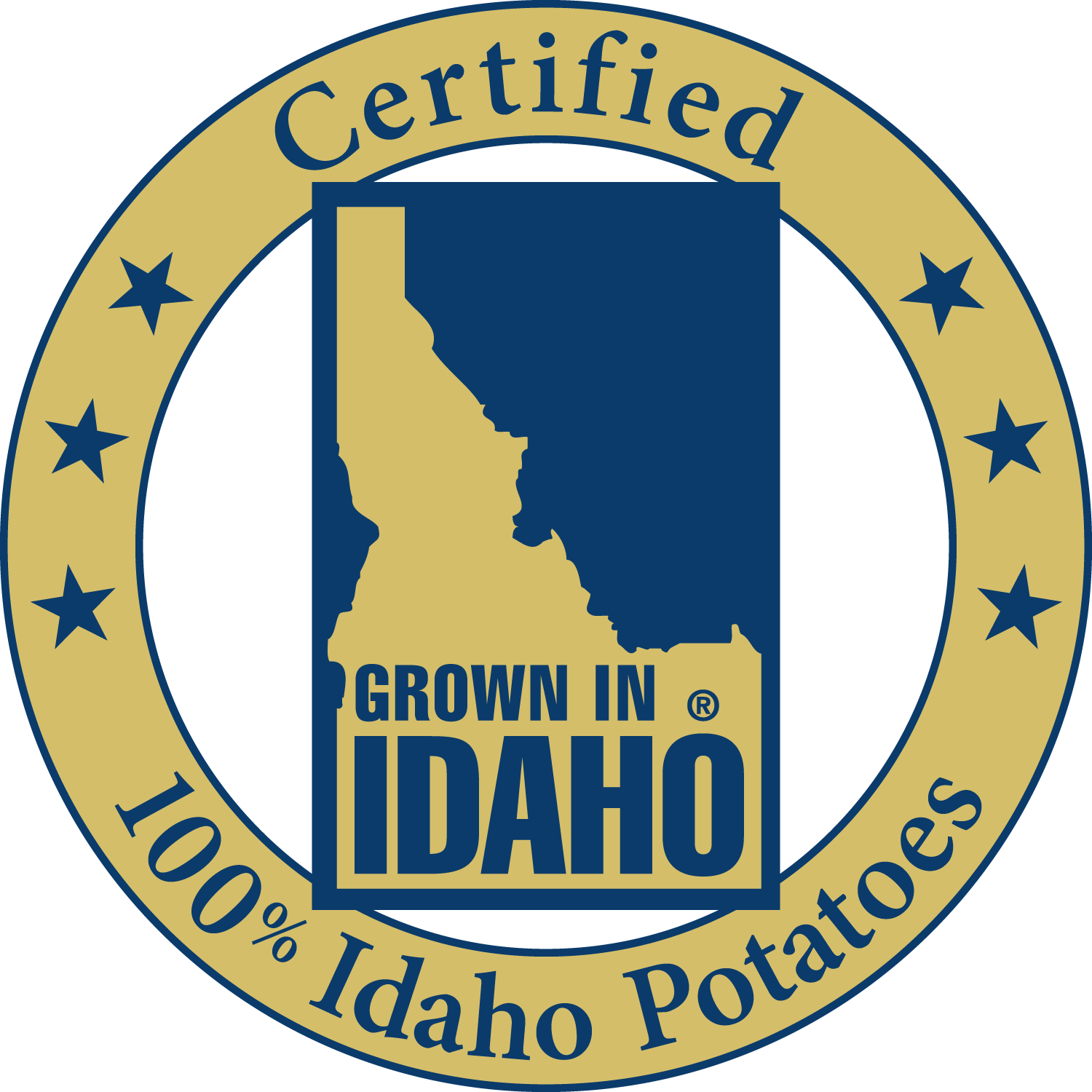Bring out the chilled potatoes at serving time and do a final fry at 350 degrees F for 2-4 minutes. The primary purpose of this frying step is to remove moisture and “cook” the potato. Never crank up the thermostat to over 370 degrees F as this shortens the life of the frying oil.After thirty seconds, shake the basket to keep the fries from sticking together and to even out oil circulation issues resulting in cool spots in the potatoes.Oil Tip: The oil should be clear and clean-looking. It should not be murky with lots of particles. Skim loose pieces of potatoes when cooking, and filter your oil daily. (Water, air, temperature-abuse and an accumulation of by-products are the major causes of oil breakdown.)
Fryer Tip: Good performance fryers should let the oil temp recover in just over two minutes. You can test your fryer by measuring the temperature before dropping a basket of fries into the oil and then matching that temperature with a thermostat two minutes later.
Overfilling the basket and dropping two baskets with fries at once will overpower the ability of all but the best fryers. What often happens is the potatoes will absorb more oil and limp fries will result.
Cook one basket 1⁄2 full at a time, then drain off excess oil for ten full seconds over the fryer.
Season the fries with salt in a front to back motion, side to side salting can cause salt to fall into the fryer and break the oil down faster.
Keep the fries loose, don’t stir them or toss with salt as this extra motion can cause the fries to break up into smaller pieces.
Wait to bag up an order until it’s ready to go out. Pre-bagging will steam the final fry making it soggy after all your hard work.

